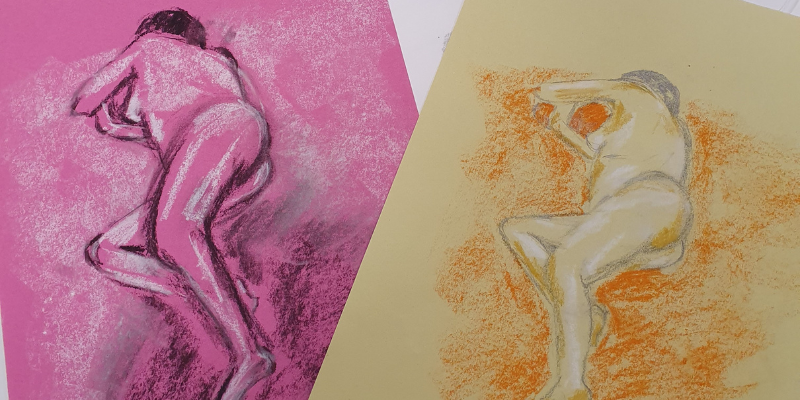A London Site of Sociability: the Pantheon, James Wyatt and JMW Turner

- Date: Tuesday 8 November 2022, 17:30 – 18:30
- Location: The Stanley & Audrey Burton Gallery
- Cost: Free. Book online here
This talk explores James Wyatt’s Pantheon Assembly Rooms and the watercolours executed by JMW Turner after its destruction by fire in 1792
When the Pantheon Assembly Rooms on Oxford Street opened in 1772, it quickly became one of the sights of London. Attended by the beau monde and celebrated in verse and the visual arts, the building was an astonishing achievement for its young architect, James Wyatt, who went on to become the foremost architect of his generation.
By the time the Pantheon was destroyed by fire in January 1792, however, its glamour had faded and a sixteen-year-old JMW Turner was moved to depict the smouldering ruins as both topographical illustration and Piranesian threnody. These works are important because they encapsulate the two sides of Turner’s vision: the desire to display Britain to the British and something more transcendent that almost demands a contemplation of past and present and turns ruination into a life force.
This talk by Dr Kerry Bristol will begin with the building itself and then address how and why Turner depicted it.
The talk will take place from 5.30pm. Attendees arriving before 5.30pm will be able to see JMW Turner's ‘The Pantheon, the Morning after the Fire’ (1792) in The Stanley & Audrey Burton Gallery. The work is on loan from Marks and Spencer Group plc.



